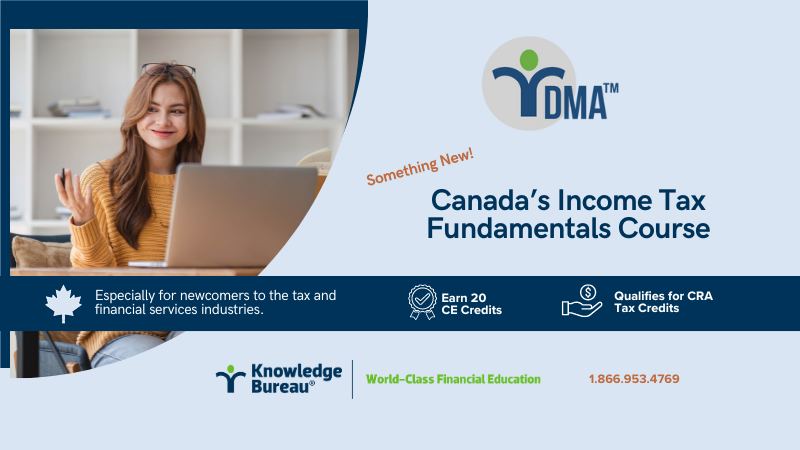The Canada Disability Benefit: Why Tax Filing This Year is Important

Evelyn Jacks
A new landing outlining the details of the long-awaited Canada Disability Benefit was updated by Employment and Social Development Canada on September 13, 2024, providing more details about the monthly stipend, but confirming that there will be no payments until at least July of 2025 – yet another delay from the expected start date of December 2024. The benefit will not be payable, according to the latest information posting until the month after the month in which an application is approved. For most eligible Canadians, it would appear then, that there are no benefits for at least a year yet. Here is some background information:
The Backdrop. The Canada Disability Benefit (CDB) was passed into law under Bill C-22, June 22, 2023, to help approximately 6 million people who live in poverty due to their disability. It is initially to be focused on working people with disabilities.
It’s Refundable. To be modelled after the GIS (Guaranteed Income Supplement, which is a refundable, income-tested tax benefit) the CDB will be paid to adults 18-64 years of age. Also, it  will be paid on top of other federal disability programs as well as other provincial programs such as provincial and territorial income assistance, CPP-D, Veteran’s Disability Benefits, Worker’s Compensation, private insurance, and other disability support programs.
will be paid on top of other federal disability programs as well as other provincial programs such as provincial and territorial income assistance, CPP-D, Veteran’s Disability Benefits, Worker’s Compensation, private insurance, and other disability support programs.
There’s a Clawback. Under the proposed Regulations, a taxpayer can earn at least $10,000 a year from employment, self-employment or a business without a clawback of the benefit. The government notes: “Some benefit recipients and/or their spouses/partners would be able to make as much as $46,500 through work while still getting the maximum benefit.” The Benefit will be reduced by 20 cents for every additional dollar over certain income levels.
Retroactive Payments are Possible. Up to 24 months of retroactive Benefit payments may be received once an application form is received and approved for eligible payments missed back to July 2025.
What to do now? To be eligible for the Benefit, income tax returns must be filed for the year before the benefit begins. That means the 2024 return for the 2025 benefit year. It’s important for tax and financial advisors to let their disabled clients who are working and age eligible to know about this. Also, making sure the RRSP contribution room is filled is very important to avoid a clawback of the CDB.
For those younger than 18 years and six months at the end of the tax year, income will be assumed to be $0, so tax filing is not necessary (although important to build RRSP contribution room and receive tax refunds and apply for the GST/HST credit and the Canada Carbon Rebate.
Bottom Line. It always pays to file an income tax return for young people in particular but even for nil income earners. Take Canada’s Income Tax Fundamentals Course to learn more and earn a certificate too.